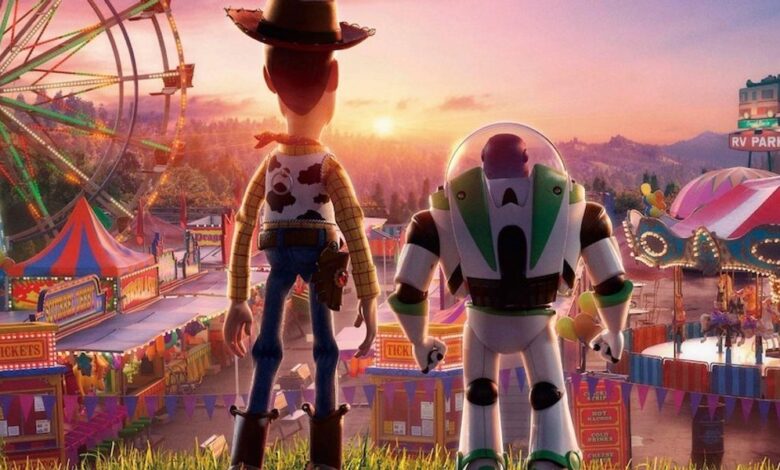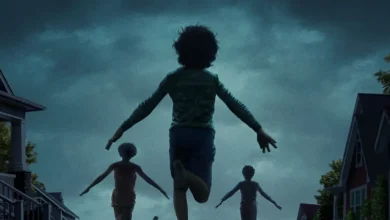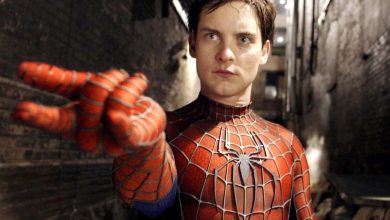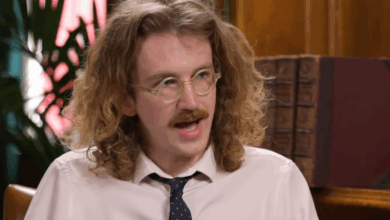What If Disney Never Bought Pixar? A Look at Animation’s Alternate History

Have you ever wondered how the animation industry would look today if Disney had never acquired Pixar? This article delves into that intriguing possibility, exploring the ramifications for both companies and the broader animation landscape.
What If Disney Never Bought Pixar? Reimagining the Animation Landscape
Back in 1985, Steve Jobs was ousted from his own company, after which he founded NeXT and acquired Lucasfilm’s Graphics Group, which would eventually become Pixar Animation. Founded in 1986, Pixar pioneered the shift from 2D to 3D animation.
During the same time, Disney was struggling, especially in terms of innovation. After Snow White’s success, Disney served the audience with animated movies that would go on to become classics. However, by the 1980s, their formula was no longer effective. Not that their work had deteriorated, but people wanted more than 2D animated renditions of popular fairytales and children’s stories.
Pixar didn’t have the money to make feature-length animated films, but they had technical leverage and innovative ideas, so they began focusing on short films. Animated shorts such as Luxo Jr. (1986) and The Adventures of André & Wally B (1984) were winning hearts until an Oscar win with Tin Toy (1988) suddenly placed them within the top league.
Reportedly, Disney realized that Pixar was becoming a threat to its struggling empire and therefore extended a hand in partnership. It is no secret that the professional collaboration between Pixar and Disney was quite strained until 2006, when Jobs finally sold Pixar to Disney for $7.4 billion and a seat on the board of directors. But what if this merger had never happened?
Understanding the Professional Partnership Between Disney and Pixar
Before Pixar entered into a three-film deal for $26 million with Disney, they collaborated on an animation software called CAPS, or the Computer Animation Production System, which was featured at the end of Disney’s The Little Mermaid. Remember the beautiful rainbow at Ariel and the Prince’s wedding?
This software also effectively zeroed in on the tedious job of hand-painting illustrations for animation. Now, machines could render the frames.
Pixar is also credited with creating Renderman, a software that could detect the light and ambiance requirements to render realistic frames.
So, there’s no doubt that Disney was well aware of Pixar’s competence in animation.
Disney and Pixar entered into a vertical merger in 2006, which means Pixar was responsible for production while Disney managed the distribution and marketing, splitting the production costs and profits equally.
See More ...
But prior to the merger, Disney and Pixar had closely collaborated on multiple blockbuster animated features such as Toy Story (1995), A Bug’s Life (1998), Toy Story 2 (1999), and Monsters, Inc. (2001). During this time, Disney laid out a condition. Although Pixar was the creator, Disney held onto the IP rights of every Pixar movie, including all the major ones such as Toy Story and Monsters, Inc. This simply means Disney was legally allowed to reuse all these IPs with or without Pixar in the picture. Also, reportedly, Disney held onto the merchandising profits as well. Pixar, being a small animation studio at the time, didn’t have enough leverage to negotiate its terms.
Tables turned when Pixar’s big break came in the form of Toy Story in 1995, and shortly after, they opened their IPO to the public in November 1995. Since then, there has been no looking back for Pixar.
On the flip side, imagine being the Disney CEO and attending Hong Kong Disneyland’s opening parade, only to see that every new character in the parade is a Pixar character! Well, that’s what apparently happened to Disney’s newly appointed CEO Bob Iger, who then immediately started laying the groundwork for a merger.
Years-long disputes over Toy Story 2 and the terms of contract renewals were finally put behind them when Iger, as the newly appointed CEO, proposed a merger.
So, What if Pixar Hadn’t Signed the Merger?
Reportedly, during the corporate dispute, Pixar even reached out to other distributors, seeking a replacement for Disney, and many parties were eager to sign a deal. So, what if they hadn’t merged with Disney?
Ironic to think, but there’s a huge possibility that Disney wouldn’t have existed as we know it today, succumbing to its technical disadvantages without Pixar. Looking back, between 1995 and 2006, every Pixar film was nominated for an Academy Award, with Toy Story (Special Achievement), Finding Nemo (Best Animated Feature), Monsters, Inc. (Best Original Song), and The Incredibles (Best Animated Feature and Sound Editing) bringing home the golden statue. Disney, on the other hand, secured five nominations, including Lilo and Stitch, Brother Bear, and Home on the Range, but no trophy. So, most definitely, Disney needed Pixar to get back on their feet.
That being said, we must not forget that without Disney’s collaboration, Toy Story might not have happened for at least another couple of years, owing to Pixar’s lack of resources and financial constraints. Animation studios such as DreamWorks Studios were quickly catching up with films like Antz and The Prince of Egypt, which were released in 1998, shortly after Toy Story’s release in 1995. So you see, for Pixar, it was like now or never. Or else, it was highly likely that 20th Century Fox and Blue Sky Studios would have beaten Pixar’s Toy Story with their Ice Age, which was all set to be released in 2002, to become the pioneers of 3D animation.
What do you think would have happened to either company without the other? Do let us know about your alternate theories on Disney and Pixar.




